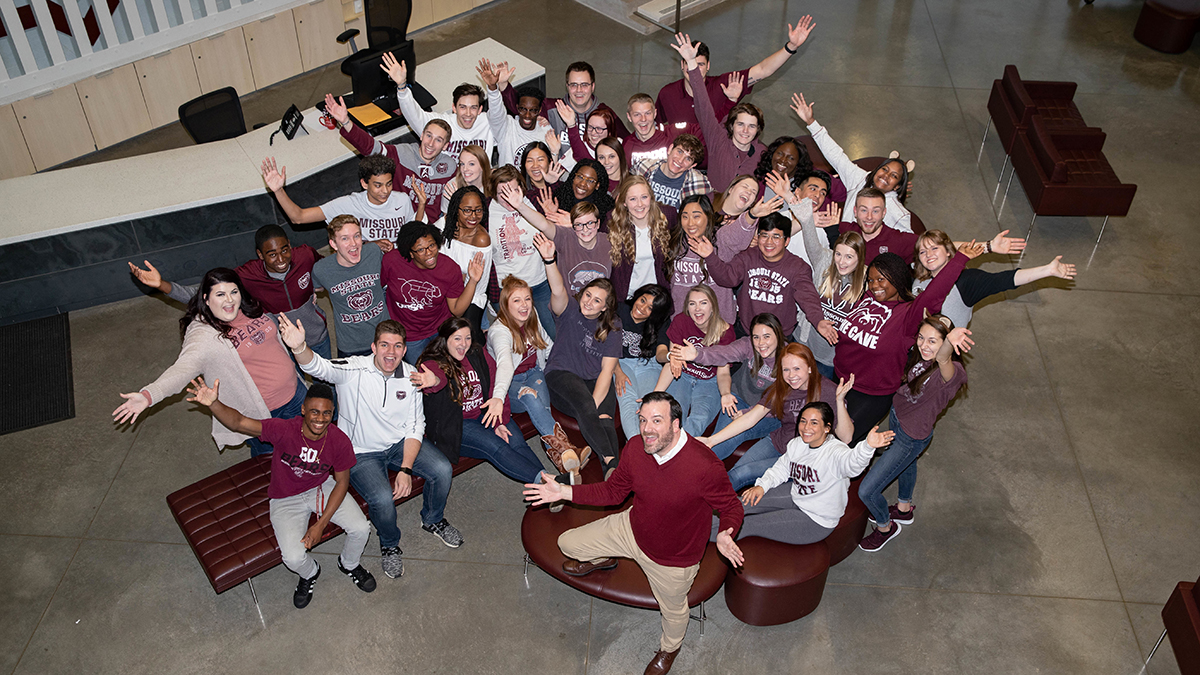Last week we held a Strategic Enrollment Management plan Town Hall meeting. More than 200 participants discussed the status of our SEM planning process and provided feedback that will be incorporated into the final stages of the SEM plan development.
Looking to fall 2020
The meeting started with an update on this year’s enrollment efforts. This fall we saw an enrollment decline. Early indicators predict another decline in fall 2020 that would reduce the university’s revenue by more than $5 million.
We have implemented several initiatives to address this trend:
- We waived the undergraduate application fee
- We began participating in the Common App
- We launched a new communication plan for prospective students
- We increased our social media, digital recruitment and website retargeting efforts
- We established the Academic Advisement and Transfer Center on campus
- We started a texting pilot program for current students and expanded the college proactive advising program
Indicators suggest that these efforts may have had an impact already for fall 2020. We experienced a 12.9% increase in fall showcase participation. We have also seen a 27% increase in applications, a 17% increase in admissions, an 11.6% increase in FAFSA filings, and a 35.2% increase in scholarships. However, our indicators are mixed —we are down 34.7% in housing applications.
SEM goals
Our enrollment efforts must extend beyond this year. To coordinate these efforts, we are developing a university-wide SEM plan. The plan is being developed by a series of councils and subcommittees composed of more than 100 faculty, staff, students and other university stakeholders.
The following SEM goals have been established through the collaborative work of the SEM councils and subcommittees.
- By 2026, increase overall headcount enrollment by 5% and increase FTE enrollment by 3%.
- By 2026, increase the number of African American, Hispanic/Latino/Latinx, first-generation and Pell-eligible students enrolled by 3%, improve the persistence rate of underrepresented students by 5%.
- By 2026, increase equity, and improve institutional support, experience and overall climate for historically underrepresented, underserved and under-resourced students, faculty and staff.
- By 2026, increase the number of credentials (e.g., degrees and certificates) awarded to 5,800 per year.
- By 2026, decrease the average loan debt of undergraduate students by 5% after inflation.
- Raise the profile of the university’s academic quality through the pursuit of new and emerging academic programs and delivery modes, enrichment of existing curriculum and research, and equipping of students for successful career outcomes that meet workforce demands.
These goals were presented to the university’s senior leadership team and the Board of Governors in December.
Developing SEM strategies
The SEM councils and subcommittees are now working to develop the strategies that will put the university on a path to achieve these goals. You can find information about the strategies being evaluated and other enrollment materials on the university’s SEM webpage.
Reestablishing a positive enrollment trend will require everyone at Missouri State to work together and make recruitment and retention a top priority. We welcome feedback and ideas from all members of the university community. If you have enrollment ideas you’d like to share, please email them to me at president@missouristate.edu.
Thanks for all you do for Missouri State!
- Clif’s Notes for April 9, 2024 - April 9, 2024
- Clif’s Notes for April 2, 2024 - April 2, 2024
- Clif’s Notes for March 26, 2024 - March 26, 2024
- Clif’s Notes for March 19, 2024 - March 19, 2024
- Clif’s Notes for March 5, 2024 - March 5, 2024
- Clif’s Notes for Feb. 27, 2024 - February 27, 2024
- Clif’s Notes for Feb. 20, 2024 - February 20, 2024
- Clif’s Notes for Feb. 13, 2024 - February 13, 2024
- Clif’s Notes for Feb. 6, 2024 - February 6, 2024
- Clif’s Notes for Jan. 30, 2024 - January 30, 2024

